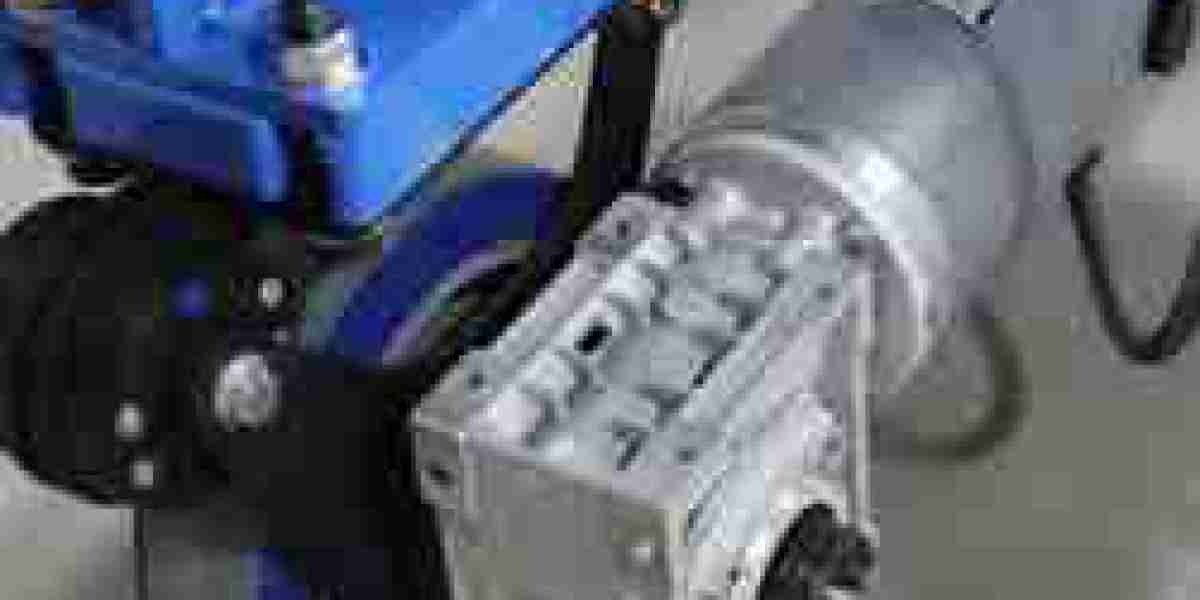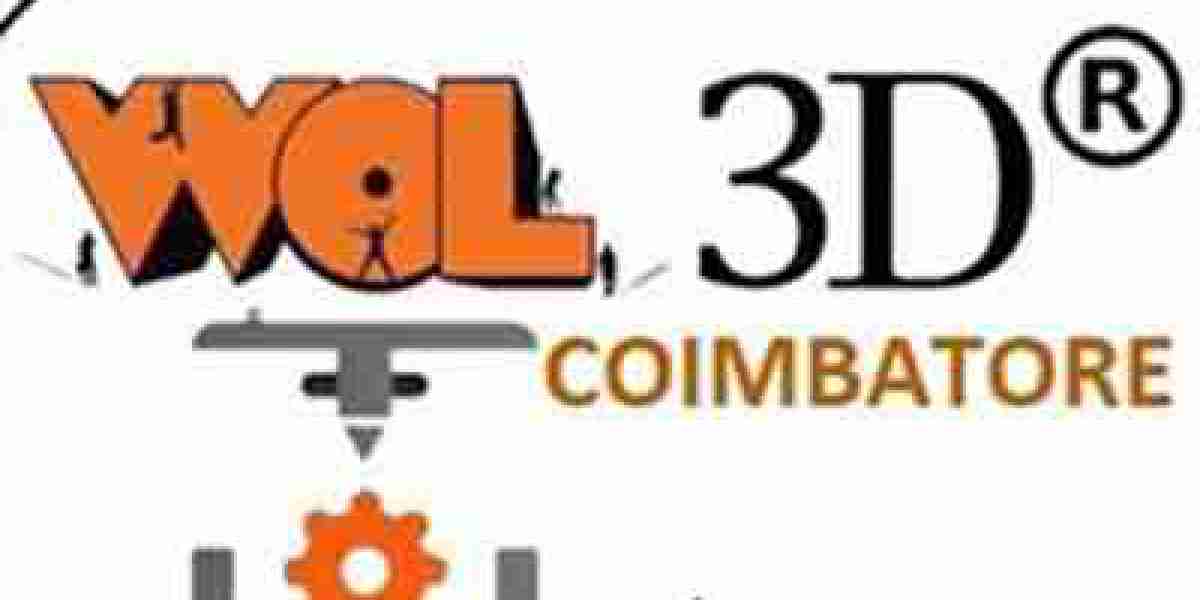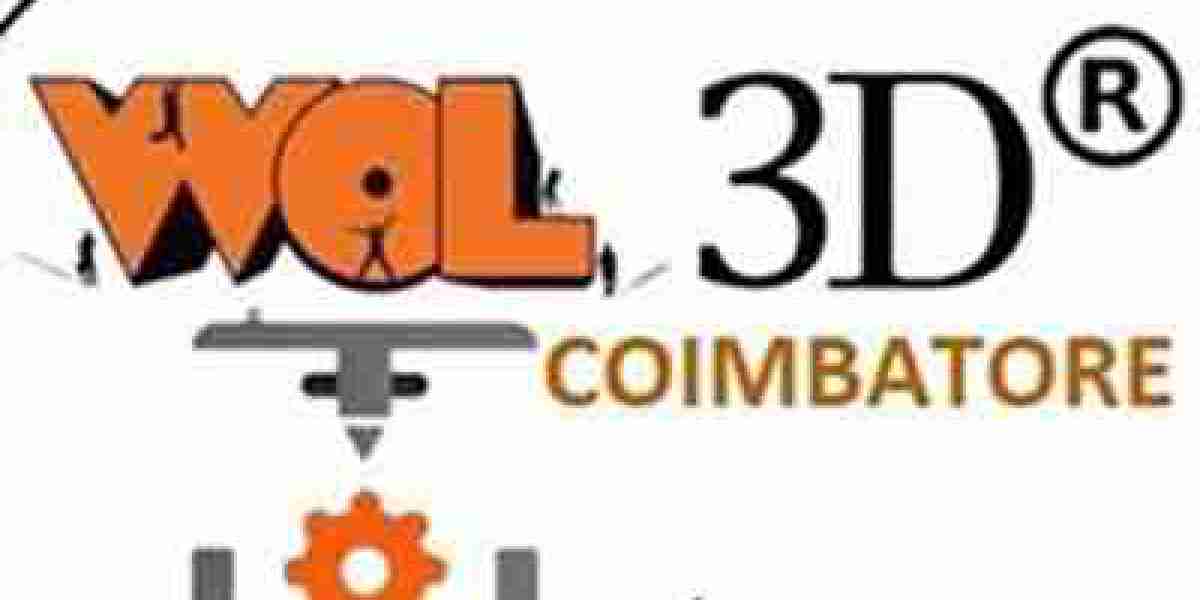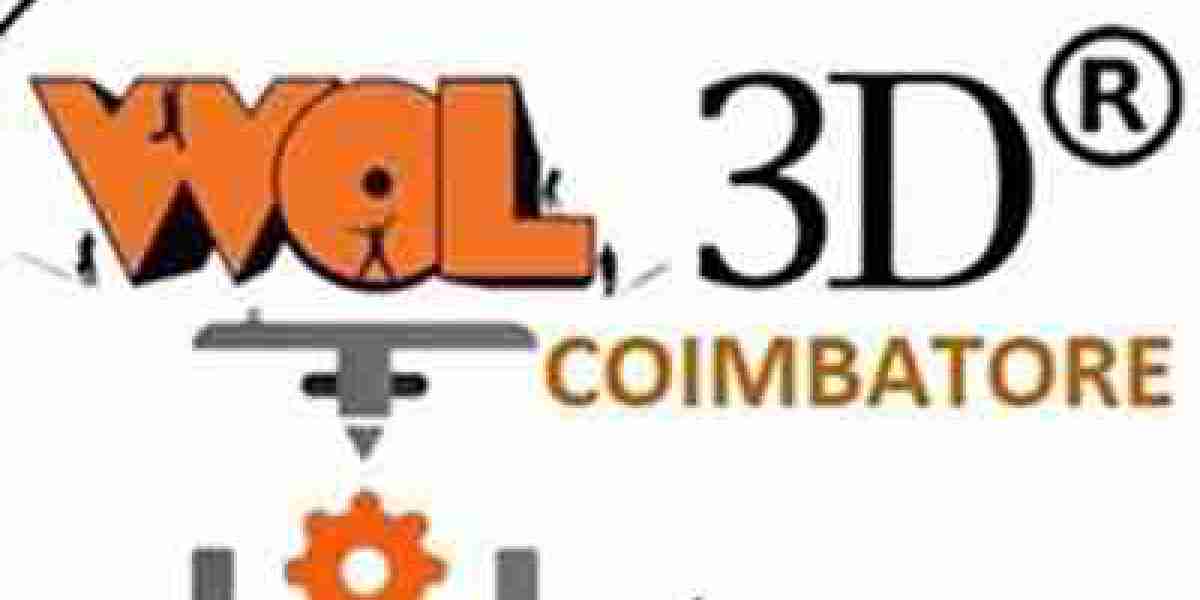Motorized caster wheels have revolutionized the way industrial and commercial operations move and handle heavy equipment. With their ability to provide power-assisted mobility, these advanced wheels offer significant advantages over traditional, manually operated casters. If you're new to motorized casters, you may be wondering how they work, where they're used, and how to choose the right one for your application. This beginner's guide aims to answer all these questions and more.
As a writer and researcher dedicated to providing valuable insights, I’ve compiled a comprehensive overview of top motorized caster wheels, focusing on their features, benefits, types, and selection criteria. By the end of this article, you’ll have a solid understanding of how motorized caster wheels can improve your material handling processes, ensuring smoother, safer, and more efficient operations.
What Are Motorized Caster Wheels?
Motorized caster wheels are essentially casters equipped with an integrated electric motor that allows them to move without the need for manual pushing or pulling. Unlike standard casters, which rely on manual force to facilitate movement, motorized wheels operate with power assistance to provide automated motion.
These wheels are commonly found in various industrial, commercial, and healthcare environments. They are designed to move carts, trolleys, heavy machinery, and equipment more easily and efficiently, reducing the physical strain on workers and improving productivity. Motorized casters are particularly useful in settings where frequent, fast, or smooth transport of heavy loads is necessary.
Motorized caster wheels come in several variations, depending on their application, size, and functionality. The two main types of motorized casters are drive casters (which propel the equipment) and steering casters (which allow directional control). Some systems may combine both functions, depending on the equipment's needs.
Key Benefits of Motorized Caster Wheels
Motorized caster wheels offer numerous advantages over traditional manual wheels, making them a valuable addition to many industrial and commercial operations. Here are the main benefits:
1. Improved Efficiency
One of the most significant benefits of motorized caster wheels is their ability to reduce manual labor. In industries where moving heavy equipment or materials is a daily task, motorized casters can speed up the process, saving time and increasing operational efficiency. With power-assisted mobility, workers no longer need to exert as much force to move carts or machinery, leading to quicker task completion.
2. Enhanced Safety
Manual handling of heavy loads can lead to worker injuries such as strains, sprains, and musculoskeletal problems. By using motorized caster wheels, the physical demands on workers are reduced, significantly lowering the risk of accidents and injuries. Many motorized casters also come with built-in braking systems to prevent runaway carts and ensure safe stopping.
3. Reduced Operator Fatigue
Handling heavy equipment for extended periods can lead to fatigue and decreased productivity. Motorized caster wheels assist with moving cumbersome objects, reducing operator fatigue. This helps to maintain worker morale and efficiency throughout the day, as employees are not physically drained by their tasks.
4. Versatility in Different Environments
Motorized caster wheels are incredibly versatile and can be used across a wide range of industries. They are ideal for warehouses, factories, hospitals, and any other environment where the movement of heavy objects is frequent. These wheels can also be customized to meet specific operational needs, such as all-terrain wheels for rough surfaces or specialized casters for wet or hazardous environments.
Types of Motorized Caster Wheels
Motorized caster wheels come in various types, depending on their application and the specific needs of your business. Below are the main categories:
1. Drive Casters
Drive casters are responsible for providing the power needed to move the equipment. They are the main component of the system and are equipped with a motor that propels the wheel. Depending on the design, drive casters can be located at the front or rear of a cart or piece of equipment. They typically work in tandem with other casters to ensure smooth movement.
2. Steering Casters
While drive casters provide propulsion, steering casters allow for directional control. These casters are equipped with a swivel mechanism that enables the user to maneuver the equipment. In systems with motorized casters, the steering wheels are often controlled electronically, providing more precise and efficient movement than manual systems.
3. All-Terrain Motorized Casters
In environments where equipment needs to traverse rough or uneven surfaces, all-terrain motorized casters are the ideal choice. These wheels are designed with larger, more durable tires that can handle obstacles such as gravel, dirt, or curbs. All-terrain motorized casters are commonly used in industries like construction, agriculture, and outdoor event management.
4. Compact Motorized Casters
Compact motorized casters are ideal for smaller equipment or environments where space is limited. These casters are designed to fit into tight areas while still providing motorized assistance. They are often used in hospitals for patient transport systems or in warehouses with narrow aisles.
How to Choose the Right Motorized Caster Wheels for Your Application
Selecting the correct motorized caster wheels is essential to ensure optimal performance and longevity. Several factors need to be considered when making this decision:
1. Load Capacity
The load capacity is one of the most important considerations when choosing motorized caster wheels. Ensure that the casters can handle the weight of the equipment or materials you plan to move. Motorized wheels typically have a specified weight limit, and exceeding this limit can lead to premature wear and failure.
2. Wheel Size and Material
The size of the wheel and the material it’s made from will affect its performance. Larger wheels are generally better for moving heavy loads, while smaller wheels offer greater maneuverability in tight spaces. Additionally, the wheel material should be chosen based on the type of floor the wheels will be used on. For instance, polyurethane wheels are ideal for smooth floors, while rubber wheels are better suited for rough terrain.
3. Motor Power and Speed
The motor’s power and speed determine how efficiently the caster will perform. For applications requiring high speeds or the ability to move heavy loads over long distances, a more powerful motor may be necessary. For lighter tasks or slower speeds, a less powerful motor may suffice.
4. Braking and Control Systems
Safety is a top priority in any industrial operation. When selecting motorized caster wheels, consider whether the wheels come equipped with a braking system, especially if you’ll be operating on slopes or inclined surfaces. Many high-quality motorized casters have integrated electronic brakes or manual brake systems to prevent uncontrolled movement.
5. Environment and Terrain
Finally, consider the environment in which the motorized casters will be used. If your operations are in a wet or chemical-heavy environment, you’ll need casters that are resistant to corrosion and can withstand exposure to harsh conditions. Similarly, if you’re navigating rough terrain, choose all-terrain casters that can handle uneven surfaces.
Conclusion
Motorized caster wheels offer a wealth of benefits to businesses looking to improve their material handling processes. From increased efficiency and safety to reduced operator fatigue, these advanced wheels can greatly enhance the productivity of industrial operations. By understanding the different types of motorized casters and how to choose the right ones for your application, you can ensure smooth and efficient operation in your workplace.
As a writer and researcher, I’ve explored the various aspects of motorized caster wheels to provide a comprehensive guide for beginners. By considering key factors such as load capacity, wheel size, motor power, and environmental conditions, you’ll be able to make an informed decision about which motorized caster wheels are best suited for your needs.
Investing in the right motorized casters will not only improve your operational efficiency but also contribute to a safer and more productive workplace.














